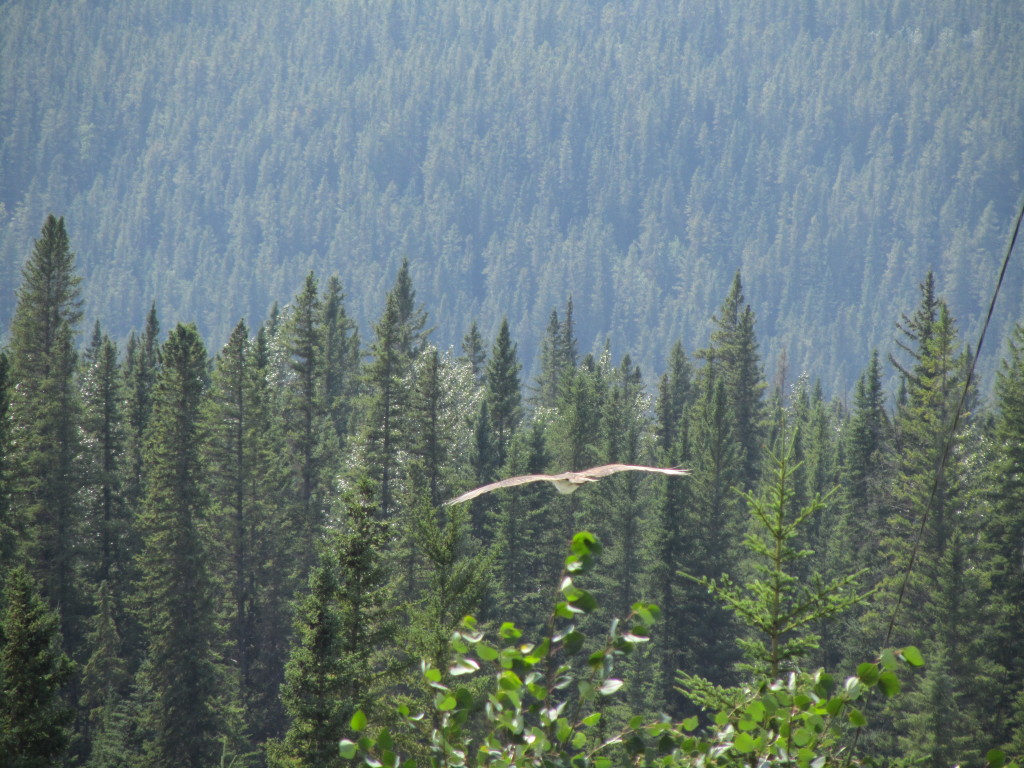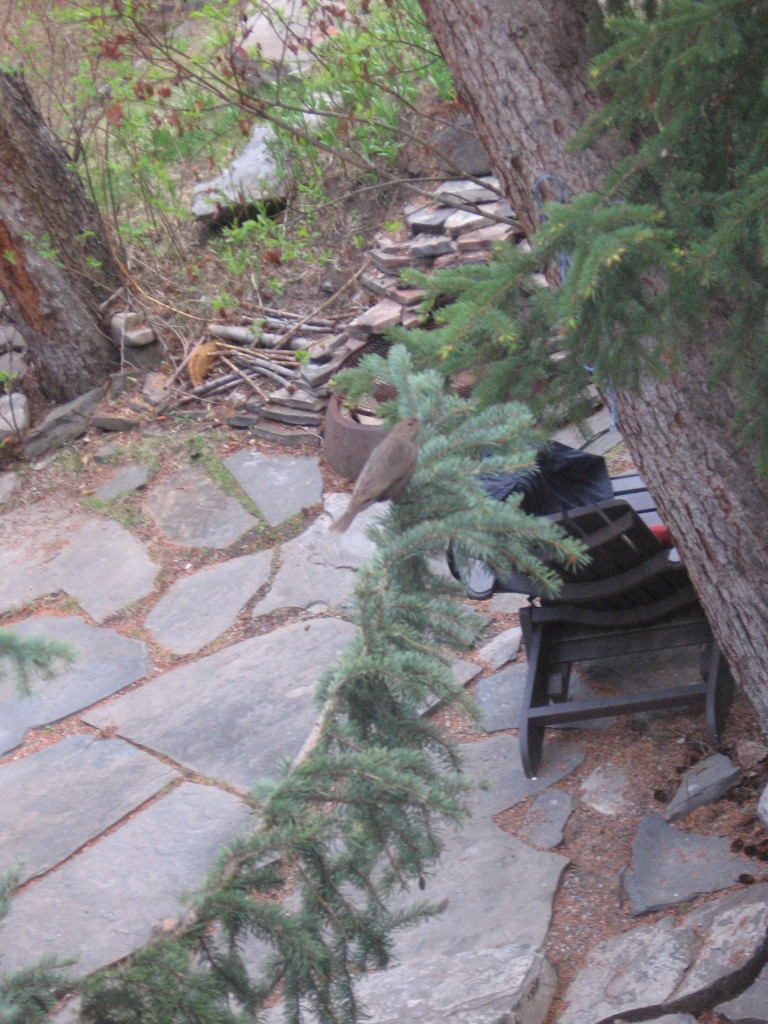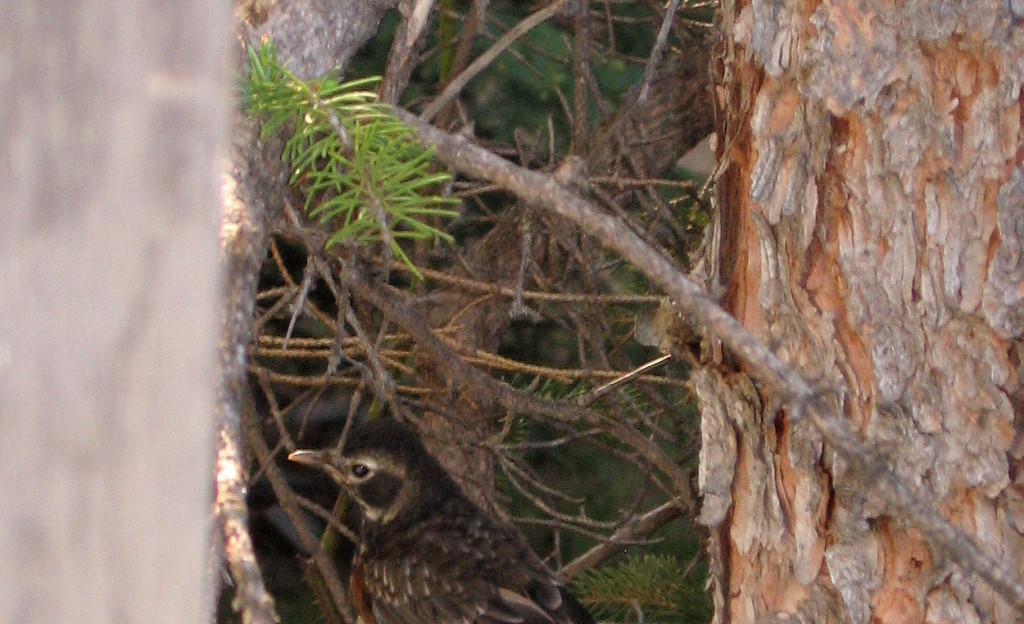Everyone got it right this time! Female Brown-headed Cowbird. Can you geuss this bird?
Month: January 2014
Feathers on Friday
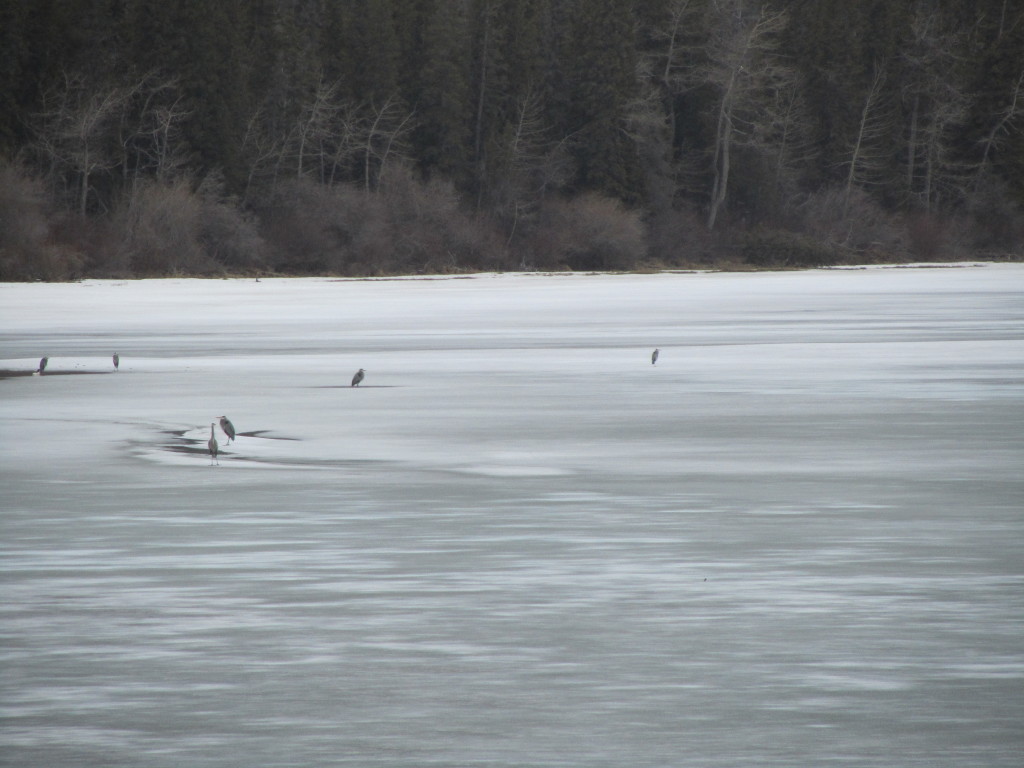 Great Blue Herons at a nearby lake.
Great Blue Herons at a nearby lake.
Thanks to Prairie Birder for the FOF idea.
Rusty Blackbird Spring Migration Blitz!
I have just received an email from our ebird co-ordinator, declaring the fact that a) the Rusty Blackbird population is declining rapidly, and also b) there is going to be a “Rusty Blackbird Blitz.” The Blitz will be held at different times in different places, judging on when they migrate through various states and provinces.
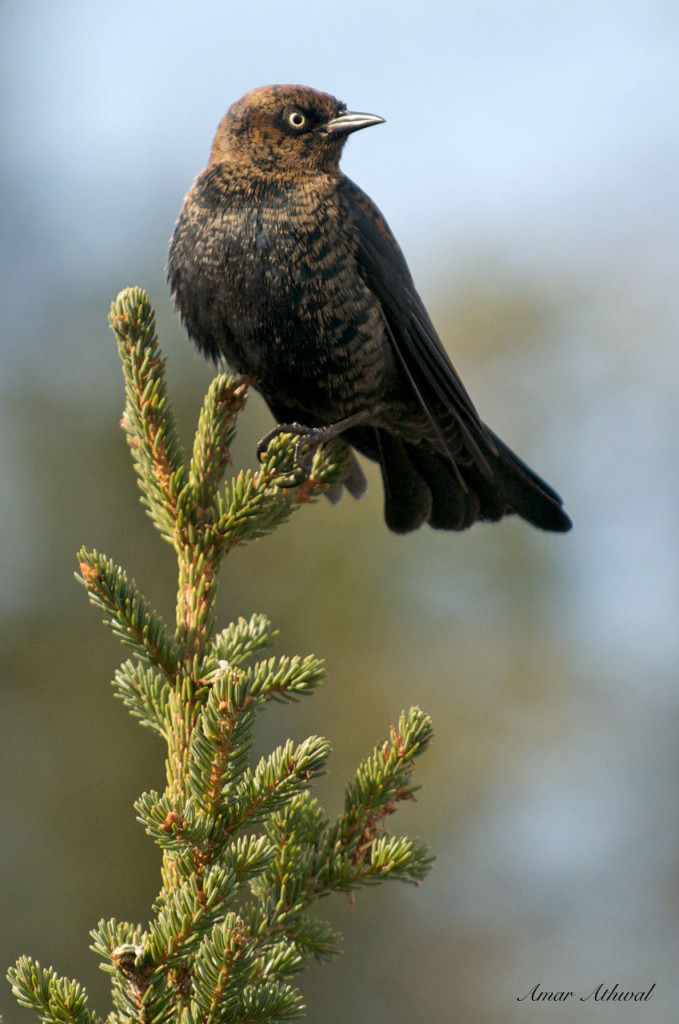
This is the email:
Prior to 1920, the Rusty Blackbird was a common to abundant species in North America. By 1950, a decline in its population was apparent. And since the 1960s, the species has been in a free fall with its numbers dropping by up to 95 per cent! Over the last 15 years, scientists have been working to identify threats to the species. Because “Rusties” require forested wetlands, they’ve likely suffered as a result of wetland destruction on their wintering grounds in the U.S. Southeast. It’s also likely that they’ve been incidental victims of blackbird control programs there. On their breeding grounds in more northerly forests, climate change (which may reduce the extent of boreal wetlands and alter their chemistry and invertebrate communities) could be taking a toll. And human activities such as logging, peat production, and reservoir formation have affected Rusty Blackbird breeding habitat by consuming boreal wetlands and altering hydrology. Acid rain and mercury contamination may also be affecting this habitat. While the greatest Rusty Blackbird declines have been seen in the breeding populations of eastern North America, the current and planned industrialization of the boreal forest here in western Canada could deal a major blow to our breeding populations.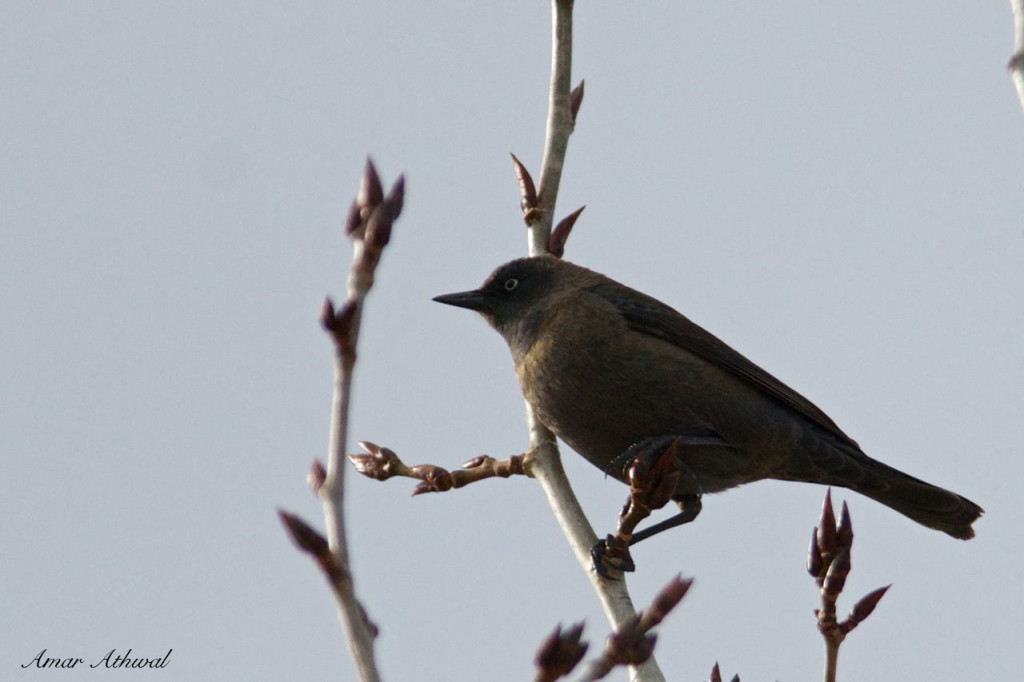
I’m going to particpate in this, and think that you should find out more, if not participate!
What Bird Wednesday
BirdTrax Gadget
The ‘eagle-eyed’ will have spotted the new gadget on my blog – BirdTrax.
This fun, free tool gives a window into eBird – the great bird observations database. You can see what species have been seen, where and who saw them!
 It’s a good way to find a species you’ve been dying to see, discover what birds you might see at different locations, and get an idea of who’s birding in your area.
It’s a good way to find a species you’ve been dying to see, discover what birds you might see at different locations, and get an idea of who’s birding in your area.
The Rarities page can be fun too, bringing rare birds right to your attention.
I’ll post more on eBird and citizen science later, but for now checkout the BirdTrax gadget on my main page.
Feathers on Friday
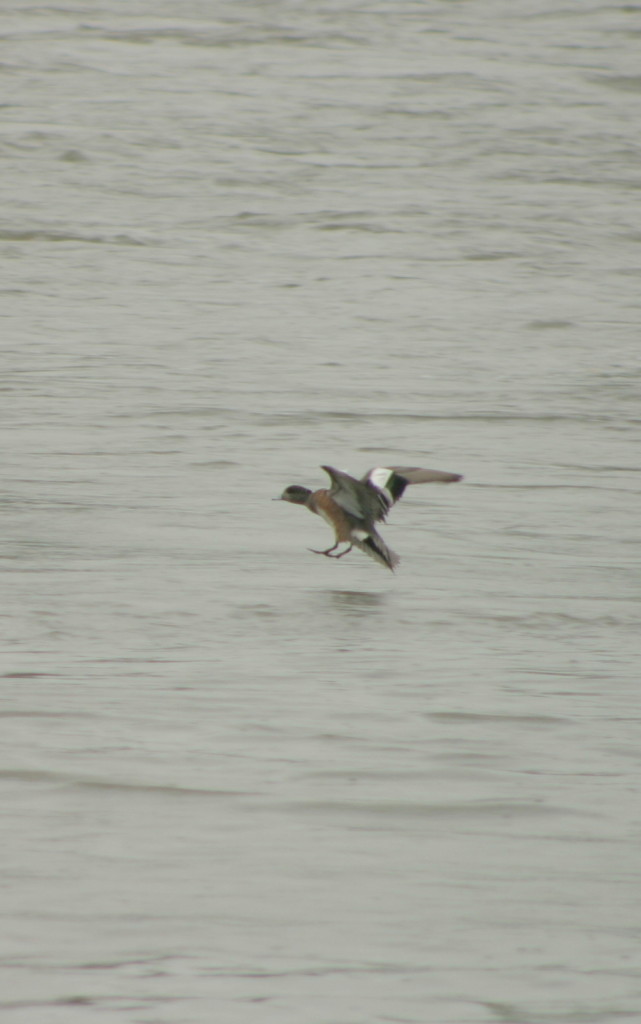 American Wigeon, landing on the water.
American Wigeon, landing on the water.
Thanks to Prairie Birder for the Feathers on Friday idea.
